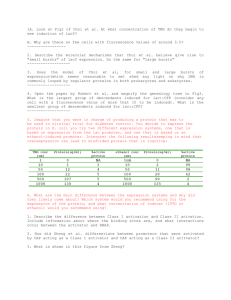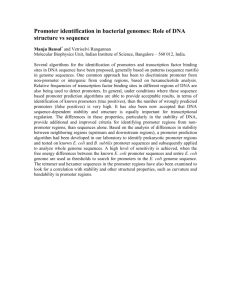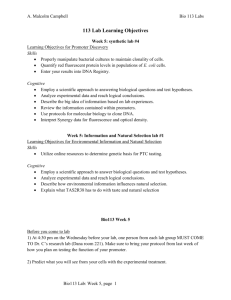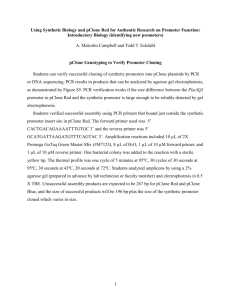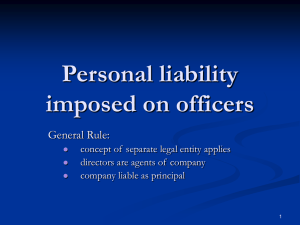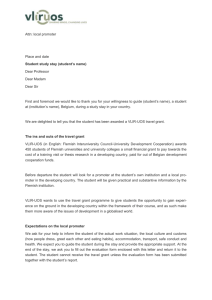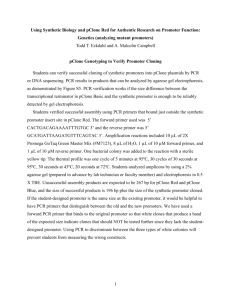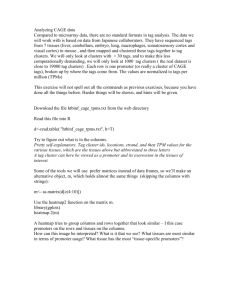answers
advertisement
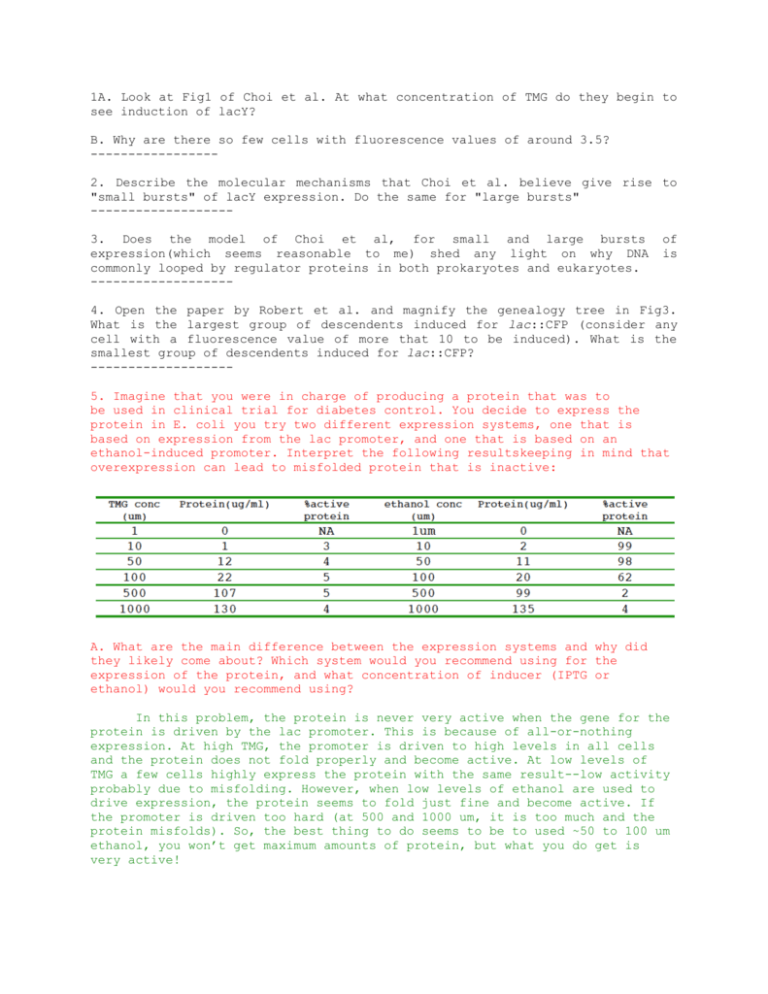
1A. Look at Fig1 of Choi et al. At what concentration of TMG do they begin to see induction of lacY? B. Why are there so few cells with fluorescence values of around 3.5? ----------------2. Describe the molecular mechanisms that Choi et al. believe give rise to "small bursts" of lacY expression. Do the same for "large bursts" ------------------3. Does the model of Choi et al, for small and large bursts expression(which seems reasonable to me) shed any light on why DNA commonly looped by regulator proteins in both prokaryotes and eukaryotes. ------------------- of is 4. Open the paper by Robert et al. and magnify the genealogy tree in Fig3. What is the largest group of descendents induced for lac::CFP (consider any cell with a fluorescence value of more that 10 to be induced). What is the smallest group of descendents induced for lac::CFP? ------------------5. Imagine that you were in charge of producing a protein that was to be used in clinical trial for diabetes control. You decide to express the protein in E. coli you try two different expression systems, one that is based on expression from the lac promoter, and one that is based on an ethanol-induced promoter. Interpret the following resultskeeping in mind that overexpression can lead to misfolded protein that is inactive: A. What are the main difference between the expression systems and why did they likely come about? Which system would you recommend using for the expression of the protein, and what concentration of inducer (IPTG or ethanol) would you recommend using? In this problem, the protein is never very active when the gene for the protein is driven by the lac promoter. This is because of all-or-nothing expression. At high TMG, the promoter is driven to high levels in all cells and the protein does not fold properly and become active. At low levels of TMG a few cells highly express the protein with the same result--low activity probably due to misfolding. However, when low levels of ethanol are used to drive expression, the protein seems to fold just fine and become active. If the promoter is driven too hard (at 500 and 1000 um, it is too much and the protein misfolds). So, the best thing to do seems to be to used ~50 to 100 um ethanol, you won’t get maximum amounts of protein, but what you do get is very active! 1. Describe the difference between Class I activation and Class II acivation. Include information about where the binding sites are, and what interactions occur between the activator and RNAP. 2. How did Zheng et al. differentiate between promoters that were activated by CAP acting as a Class I activator and CAP acting as a Class II acitvator? 3. What is shown in this figure from Zheng? What exactly to the red dots represent? What do the green dots represent? Whey are there more red dots than green ones? 4. What data/experiments showed that the -subunit of RNAP was important for gene activation by CAP? We talked about two experiments relevent to this in class. In one Ishihama showned that a rpoA gene that lacked the last ~200 bp made no longer transcripted cAMP/CAP dependent promoters. This suggested that the last 70 amino acids of RpoA(a-subunit) were needed for these promoters to work. In a related set of experiments, Richard Ebright showed that point mutations in the same region of rpoA also made E. coli unable to transcribe from cAMP/CAP dependent promoters.
